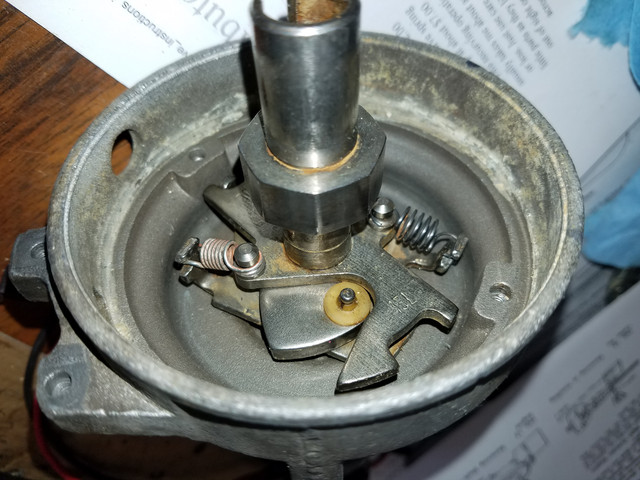- Joined
- Aug 14, 2014
- Messages
- 4,313
- Reaction score
- 1,360
- Location
- Madison, WI
- My Car
- 1971 Mach 1 w/408C stroker
Today I was testing my newly installed 408 stroker. I am using the OEM distributor that I had recently disassembled and cleaned. The distributor has the 10L slot that should be good for 20 degrees advance. The initial timing is at 12. The weird situation is that as I go up in RPM the advancing seems to never stop. It went all the way to 50 before I lower the RPMs. I don't know if it will stop at 50 but I just didn't want to go any higher. Upon return to idle the timing was back at 12. Tested several time with the same outcome. I have the feeling that something may be wrong with the timing light because it doesn't seem to make sense. I think the engine won't be able to run with a real 50 advance. When I had it running with "50" advance it sounded and run fine. Does anyone have an idea of what am I doing wrong? Could it be a setting of the timing light?
Edit: I did have the vacuum disconnected.
Edit: I did have the vacuum disconnected.
Last edited by a moderator:





